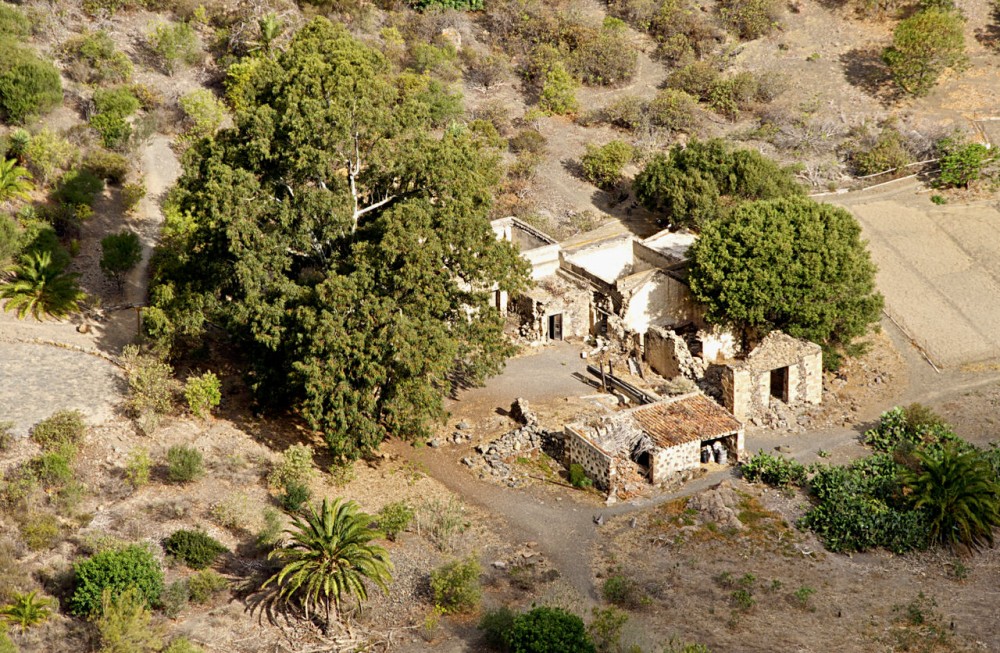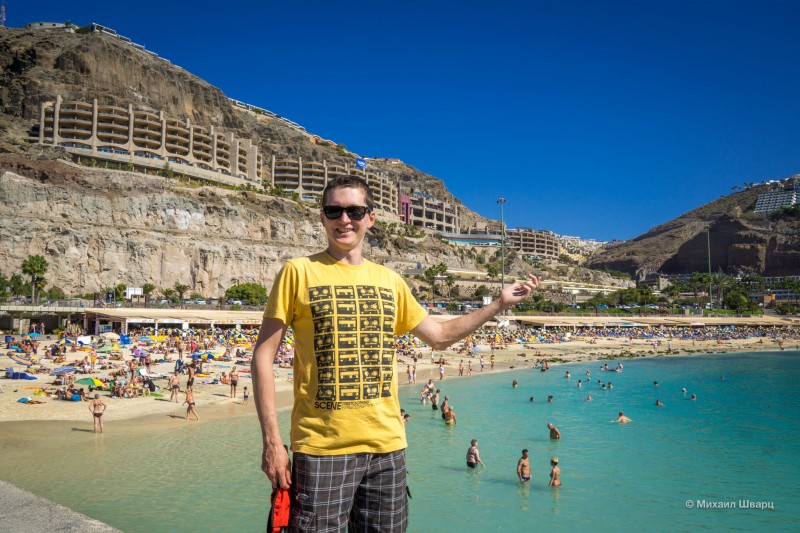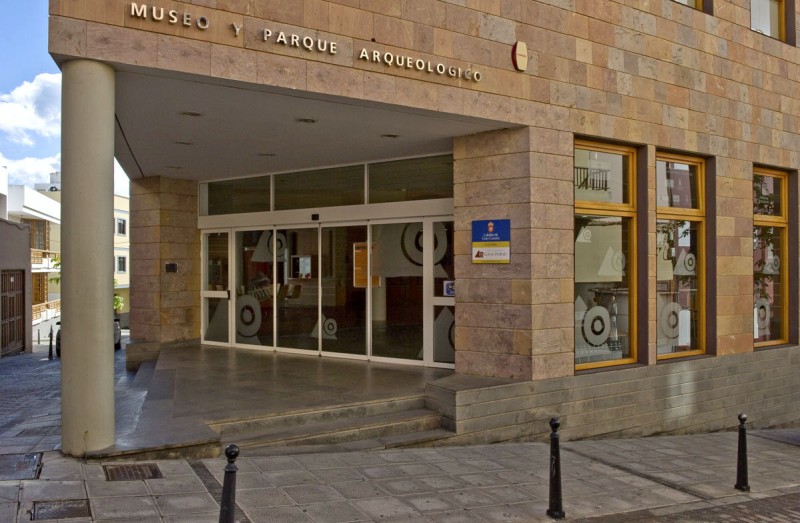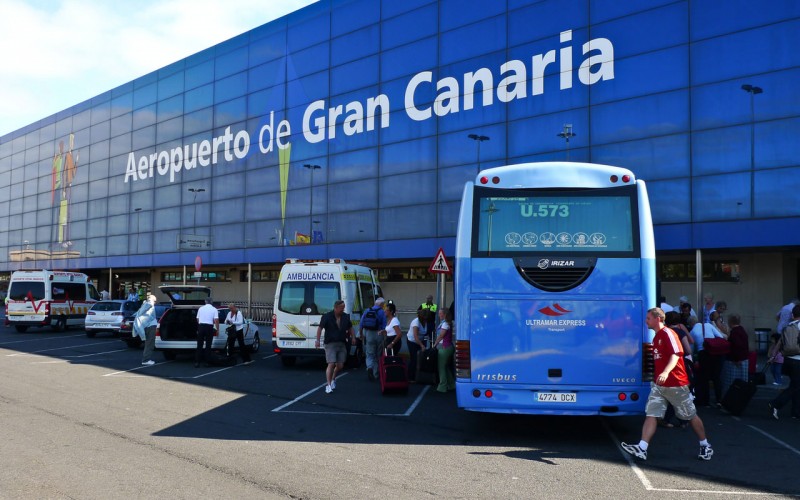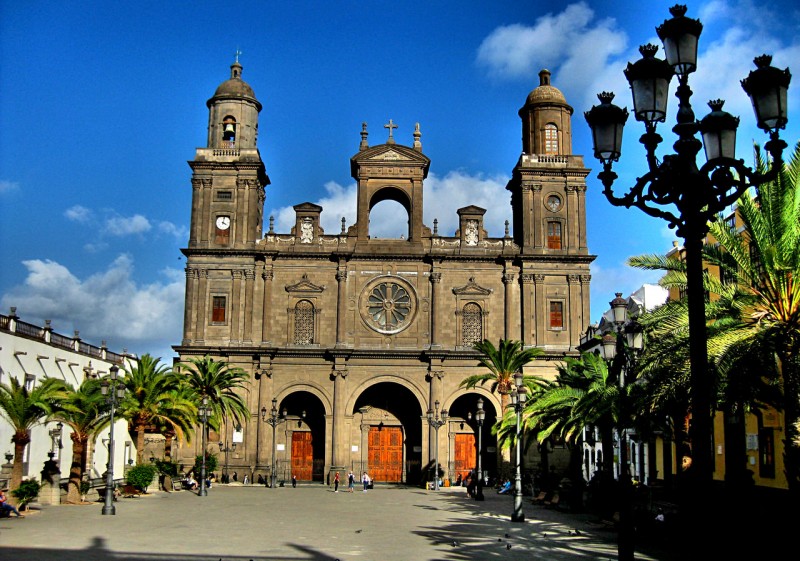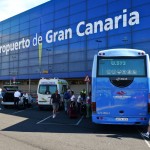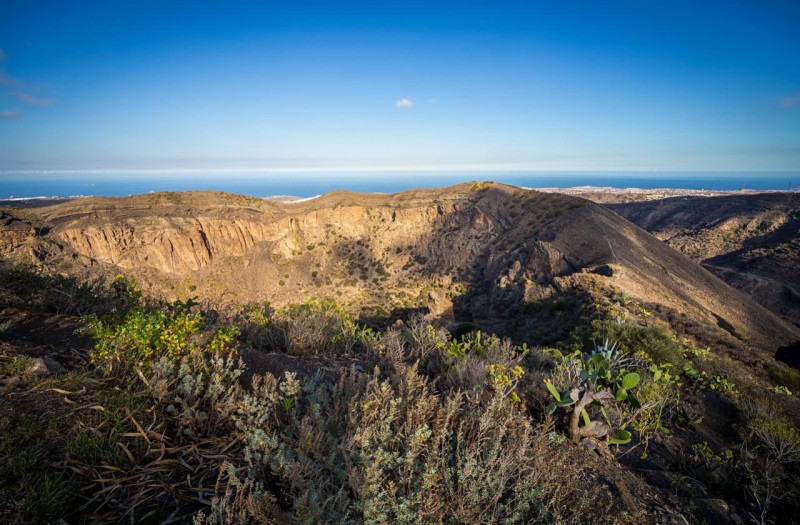
Gran Canaria is a volcanic island. Its landscape preserves the cones of old extinct craters, petrified accumulations of lava. The largest volcanic cauldron is Caldera de Bandama. Its diameter is almost a kilometer, and its depth is 216 m.
The age of the volcano is about five millennia, and it became dormant around 2,000 years ago. Perhaps the prehistoric inhabitants of the island witnessed the last eruption of this giant. The name of the indigenous people, the Guanches, translates as “children of the great volcano.”
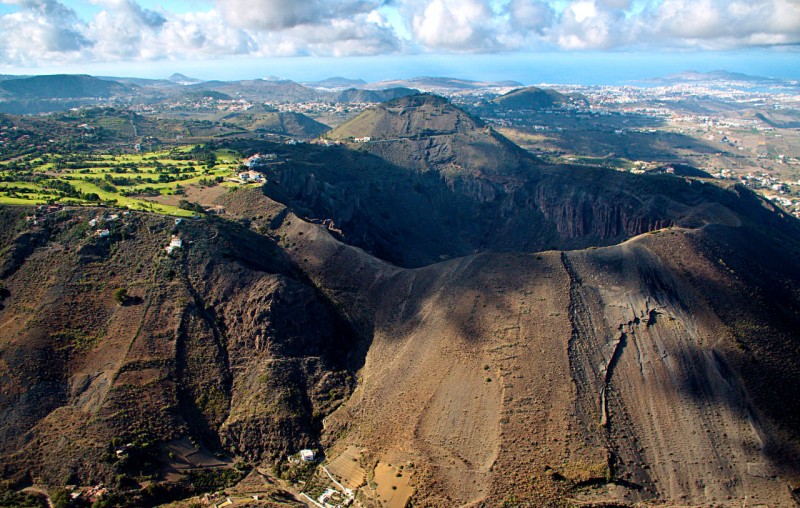
Around the extinct crater, farming settlements have long been established. On the fertile, mineral-rich soil, people began to cultivate grapes. There is even a vineyard on the flat bottom of the crater. The volcano got its sonorous name from the surname of a local winemaker: in the 16th century, this piece of land was purchased by a resident of Gran Canaria, the merchant Daniel Van Damme.
You can see the natural wonder of the Bandama crater from above, from the top of Pico de Bandama. You can reach the viewpoint by transport, from Monte Lentiscal, following the signs for “Bandama.”
If you have suitable footwear for walking on slippery volcanic soil, you can descend into the caldera itself. Thanks to the combination of climatic and geological factors, a unique flora has formed in the bowl of the extinct volcano. Here grow the dragon tree, wild pistachio, Canary palm, red-fruited juniper, visnea, and other rare plants for the Canary Islands.
The village of La Atalaya, located at the foot of the Caldera de Bandama, has long been famous for the products of its potters. Until now, the locals have been using pottery techniques developed by the Guanche tribes.
In the 20th century, the development of the mining and logging industries and housing construction in the Caldera de Bandama area led to the gradual destruction of the landscape and the disappearance of some rare plant species (the noble laurel and “strawberry” tree disappeared). In June 1987, the area was legislatively included in the protected area of Tafira and declared a natural monument.
- Кальдера-де-Бандама
- Caldera de Bandama
- GPS: 28,03249 -15,45611



